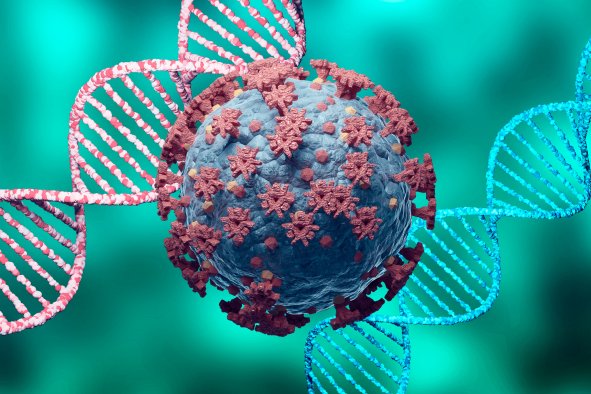A surprising renewable power source has "negative carbon emissions," a new study has found.
By harnessing the power of photosynthesis, a team at Concordia University in Wisconsin developed micro photosynthetic power cells that generate electricity from algae. These cells capture electrons produced during photosynthesis, turning them into a continuous electrical current.
The researchers found that it actually has a dual benefit. It not only produces clean energy but also absorbs carbon dioxide from the atmosphere, making it a negative carbon emission technology. The only byproduct is water, highlighting its environmental friendliness.
"The idea of the micro photosynthetic power cell is to extract electrons produced through the process of photosynthesis," Kirankumar Kuruvinashetti, Ph.D., now a Mitacs postdoctoral associate at the University of Calgary, said in a statement.
"Photosynthesis produces oxygen and electrons. Our model traps the electrons, which allows us to generate electricity. So more than being a zero-emission technology, it's a negative carbon emission technology: it absorbs carbon dioxide from the atmosphere and gives you a current. Its only byproduct is water."
The micro photosynthetic power cells are made up of small chambers with a special membrane in between. Algae are placed in one chamber, and another chemical, potassium ferricyanide, is in the other chamber.
When the algae perform photosynthesis, they release tiny particles called electrons. These electrons are captured by the membrane, creating an electric current. This setup can even generate electricity without direct sunlight, though it works better with sunlight.
"Just like humans, algae are constantly breathing—but they intake carbon dioxide and release oxygen. Due to their photosynthesis machinery, they also release electrons during respiration. The electricity generation is not stopped. The electrons are continuously harvested," Ph.D. candidate and paper co-author Dhilippan Panneerselvam said in a statement.
Algae power cells currently produce less electricity than regular solar panels, but future improvements could boost their efficiency. They are easier and cheaper to make because they don't need harmful gases or complex materials like silicon solar cells. Instead, they use eco-friendly and affordable materials, making them both green and cost-effective.
"Our system does not use any of the hazardous gases or microfibers needed for the silicon fabrication technology that photovoltaic cells rely on. Furthermore, disposing of silicon computer chips is not easy. We use biocompatible polymers, so the whole system is easily decomposable and very cheap to manufacture," Muthukumaran Packirisamy, a professor in the Department of Mechanical, Industrial and Aerospace Engineering and the paper's corresponding author, said.
Do you have a tip on a science story that Newsweek should be covering? Do you have a question about algae? Let us know via science@newsweek.com.
Disclaimer: The copyright of this article belongs to the original author. Reposting this article is solely for the purpose of information dissemination and does not constitute any investment advice. If there is any infringement, please contact us immediately. We will make corrections or deletions as necessary. Thank you.



